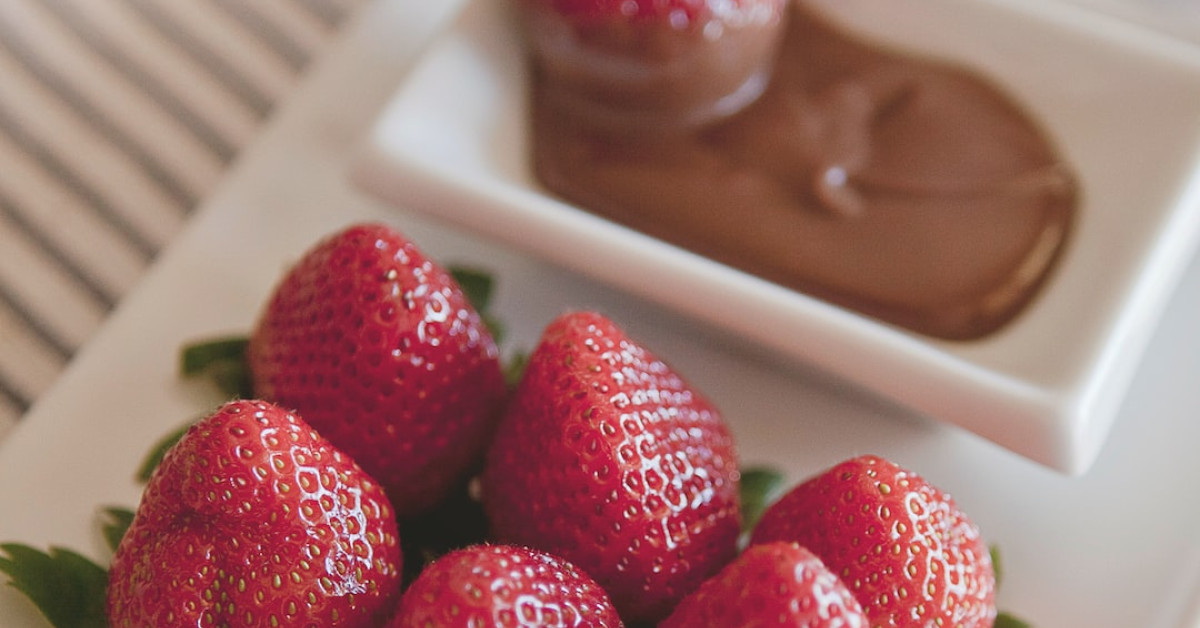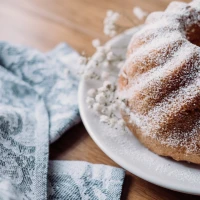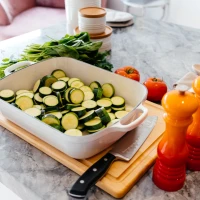As we relish the sweetness of summer strawberries, it’s hard not to dream of savoring this berry bliss all year round. Canning strawberries is the perfect solution to capture the essence of summer and enjoy it during any season. Whether you’re a seasoned canner or just starting out, this ultimate guide to canning strawberries will walk you through the process, ensuring that you preserve summer’s sweetest treats with delightful results every time.
The Sweet Simplicity of Strawberry Canning
Canning strawberries may sound like a weekend project reserved for grandmothers and homesteading enthusiasts, but it’s actually a simple and rewarding activity that anyone can enjoy. By preserving strawberries through canning, you have the option to create delectable jams, jellies, syrups, and whole canned berries to complement meals, desserts, or simply to relish as a tasty snack.
Why Choose Strawberries for Canning?
- Versatility: Canned strawberries can be used in a wide array of recipes.
- Flavor Preservation: Maintain the fresh, sweet taste of strawberries long after their season ends.
- Health Benefits: Strawberries are packed with vitamins, fiber, and antioxidants.
- Cost-Effectiveness: Canning strawberries when they’re in season and plentiful saves money throughout the year.
Understanding these benefits, let’s immerse ourselves into the step-by-step process of canning strawberries, along with helpful tips and essential safety guidelines.
Step-by-Step Guide to Canning Strawberries
Before diving into the art of canning, ensure you have all the necessary supplies on hand for a seamless and efficient process. This canning adventure will transform your fresh strawberries into beautifully preserved jars of joy.
Gathering Your Canning Supplies
- Mason jars with lids and bands
- A large canning pot with a rack
- Jar lifter
- Canning funnel
- Ladle
- Clean cloths or paper towels
- Bubble remover tool or a non-metallic spatula
Preparing Your Strawberries
- Begin with selecting the freshest and ripest strawberries. Look for brightly colored, firm berries with a fragrant aroma.
- Wash the strawberries gently in cold water, removing any dirt or debris.
- Remove the stems and any blemished spots.
- Depending on your preference, strawberries can be left whole, halved, or crushed for a variety of canned goods.
The Canning Process
With your strawberries prepped and your canning station set up, you’re ready to start the canning process. The following directions apply whether you’re making strawberry jam, syrup, or simply canning the berries in their natural state.
- Sanitize the Jars: Boil the jars in your canning pot for 10 minutes to ensure they are germ-free.
- Prepare Your Recipe: Whether it’s jam or whole berries, prepare your recipe according to your chosen method.
- Fill the Jars: Using your canning funnel, fill the jars with your strawberry preparation, leaving appropriate headspace as recommended by your recipe.
- Release Air Bubbles: Slide a bubble remover tool or spatula around the inside edge of the jar to release trapped air.
- Wipe the Rims: With a clean cloth, wipe the rims of the jars to ensure a good seal.
- Secure the Lids: Place the lids on the jars and screw the bands on until just finger-tight.
- Process in the Canner: Place the jars in the canning pot, ensuring they are covered by water, and process for the time recommended by your recipe.
- Cooling: Once processed, lift the jars out of the water and let them cool undisturbed for 12 to 24 hours.
- Check Seals: Test that the jars have sealed correctly by pressing down on the center of the lid; it should not flex up and down.
Troubleshooting Common Canning Issues
Even the most seasoned canners can run into issues. Here’s how to troubleshoot some common problems:
- Unsealed Jars: If a jar doesn’t seal properly, you can either re-process it within 24 hours or simply store it in the refrigerator and consume it within a few weeks.
- Discolored Fruit: To prevent strawberries from browning over time, ensure they are covered in syrup or liquid and add a little lemon juice to maintain their vibrant color.
- Syrup Crystallization: This can occur in canned syrups; to avoid it, ensure your sugar is completely dissolved during the cooking process.
Advanced Canning Techniques
Creating Strawberry Jam
Strawberry jam is a classic choice for canning. It captures the bright, fresh taste of strawberries and transforms it into a spreadable delight perfect for toast or desserts.
Ingredients:
- Strawberries, crushed
- Sugar
- Lemon juice
- Pectin (for thickening, if desired)
Method:
- Combine the crushed strawberries, sugar, and lemon juice in a large pot.
- If using pectin, follow the instructions on the package to incorporate it properly.
- Bring the mixture to a rolling boil and cook until it reaches the desired consistency.
- Fill your jars and process them following the previously described canning steps.
Canning Whole Strawberries
Canning whole strawberries results in jars filled with beautifully preserved berries, perfect for adding to cocktails or as a sweet topping.
Ingredients:
- Whole strawberries
- Sugar syrup or water
Method:
- Prepare a light sugar syrup or use plain water for a more natural taste.
- Pack the whole strawberries into jars and cover them with your chosen liquid.
- Follow the same canning process outlined above to create your jars of whole canned strawberries.
Safety Considerations in Strawberry Canning
Understanding Botulism
Botulism is a serious concern in home canning. Following safe canning practices is crucial in preventing the growth of the bacteria that cause botulism.
- Acidity Levels: Strawberries are naturally acidic, which helps prevent bacterial growth. For added safety, lemon juice can be added to recipes.
- Processing Time: Ensure you process your jars for the full time as recommended to kill any potential bacteria.
- Storage: Store your sealed jars in a cool, dark place and consume them within a year for the best quality.
Extra Tips for Perfectly Canned Strawberries
- Peak Season: Always can strawberries at their peak for the best flavor and texture.
- Sugar Alternatives: Consider using honey or other natural sweeteners if you prefer a more complex sweetness.
- Labeling: Always label your jars with the type of preserve and the date it was canned.
- Consistent Headspaces: Ensure the headspace is uniform across all your jars to allow for proper sealing.
Conclusion: Enjoying Your Canned Strawberries
Canning strawberries is a delightful way to preserve their freshness and extend their shelf life. Whether you choose to make jam, syrup, or can the berries whole, the result is a pantry stocked with the essence of summer ready to enchant your palate any time of year.
By following the outlined steps and adhering to safety guidelines, you ensure a treasure trove of strawberry delights. And as an experienced SEO copywriter and blogger, I can assure you that canning strawberries is not just a way to preserve fruit; it’s about embracing tradition, cultivating self-sufficiency, and indulging in the sweet satisfaction of home-canned goodness. So, grab your canning kit, and let’s keep the spirit of summer alive in every jar!










